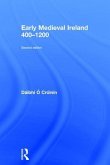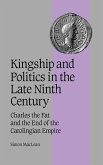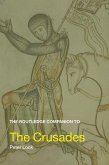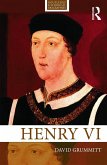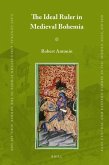This study examines the characteristics of the ideal ruler as seen through the eyes of the members of late medieval societies. Throughout the study, main features attributed to the ideal ruler in various cultures have been pursued. Comparing the concepts and attributes apparent in these cultures, it has become possible to talk about a shared ideal of kingship as far as the Christian and Muslim realms of the late medieval era is concerned. The early Ottoman enterprise has been taken as a case reflecting this ideal in practice. Attributes of the ideal king as reflected in the works of the medieval theorists in both Islamic and Medieval European lands have been examined. The characteristics apparent in these works have been traced in early Ottoman chronicles. Their presentation and evaluation of the events reflect certain approaches to these characteristics and individual rulers. Combining theoretical work with practice and focusing on the similarities between the ideals of Islamic and Christian ideals rather than the differences, a sketch of the ideal ruler in the late medieval era has been drawn.


